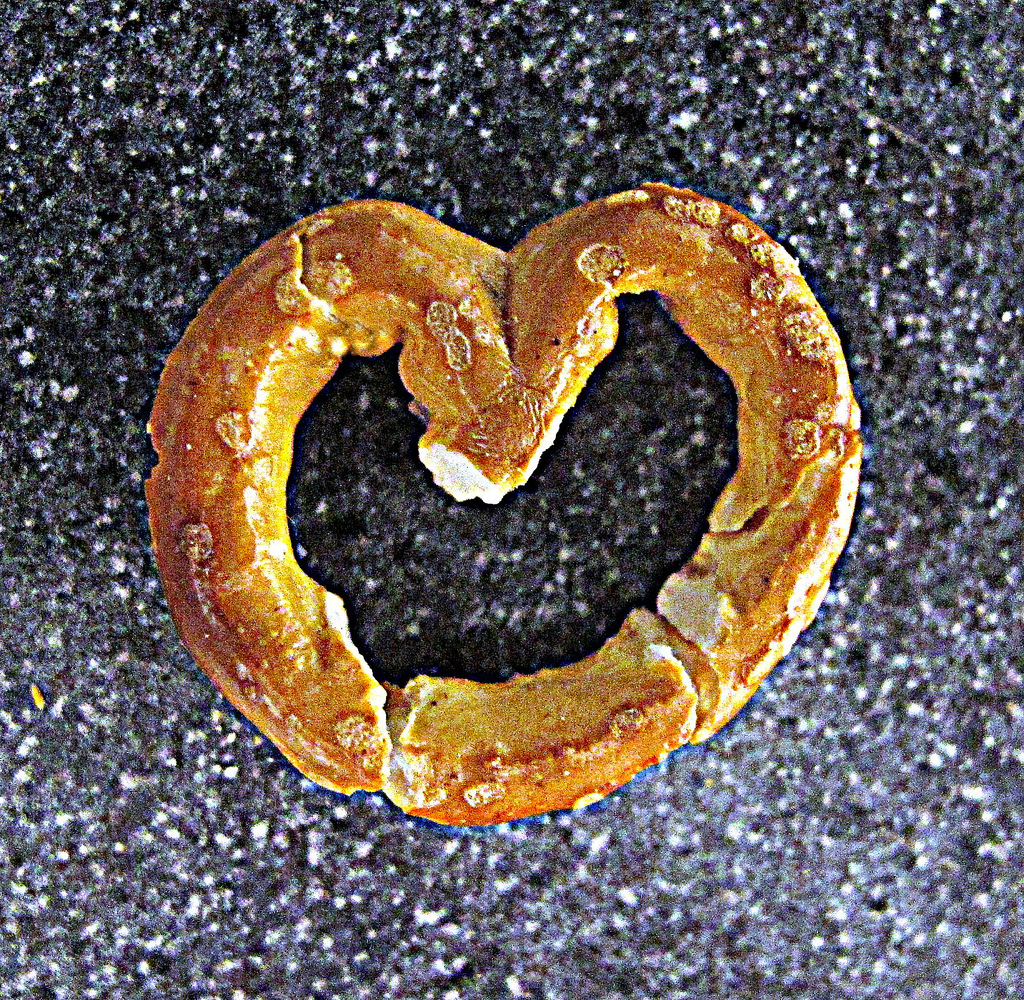Heart Attacks Are More Serious At Certain Times Of The Day
A heart attack in the morning may be more serious than one at any other time of day.
This finding was reported in a research article published online ahead of print, in the journal Heart.
Background:
It is known that the 24 hour body clock influences cardiovascular physiological processes. It also influences the incidence of cardiac arrests, which tend to occur more frequently when a person is waking up from sleep. What is not fully known, however, is how the time of occurrence of the heart attack influences the extent of damage to the heart.
A group of Spanish researchers evaluated data from 811 patients with a STEMI cardiac arrest who were admitted to a coronary care unit in Madrid between 2003 and 2009. A “STEMI” heart attack is an “ST segment elevation myocardial infarction” – a type of heart attack that results from blockage of blood supply to the heart over a prolonged period of time. The group aimed to assess whether time of day of a heart attack affected the size of infarct (dead cardiac tissue), and they determined infarct size by evaluating enzyme release in patients. Patients were grouped according to STEMI onset time, into one of four 6-hour time periods (in phase with 24-hour body clock rhythms.)
Results
Patients who had a heart attack between 6am and noon (in the “dark to light” transition period) had the largest infarct sizes, as well as a 21% higher level of enzymes during this period (indicative of a larger infarct size) than patients who experienced a heart attack between 6pm and midnight.
The majority of patients (269) had their heart attack between 6am and noon. Of the remaining patients, 240 had their attack between noon and 6pm, 161 had theirs between 6pm and midnight, and 141 had theirs between midnight and 6am. Patients with a STEMI in the anterior wall of the heart also developed a larger infarct than patients who had a heart attack in other cardiac locations.
Conclusion:
Heart attacks occurring between 6am and noon are likely to produce a 20% larger infarct (which is inevitably more serious for the patient) than at any other time of the day.
The authors subsequently concluded: “If confirmed, these results may have a significant impact on the interpretation of clinical trials of cardioprotective strategies in STEMI.”
Circadian Variations Of Infarct Size In Acute Myocardial Infarction. (2011). Heart, Apr 27 (Epub ahead of print). Suarez-Barrientos et al.
